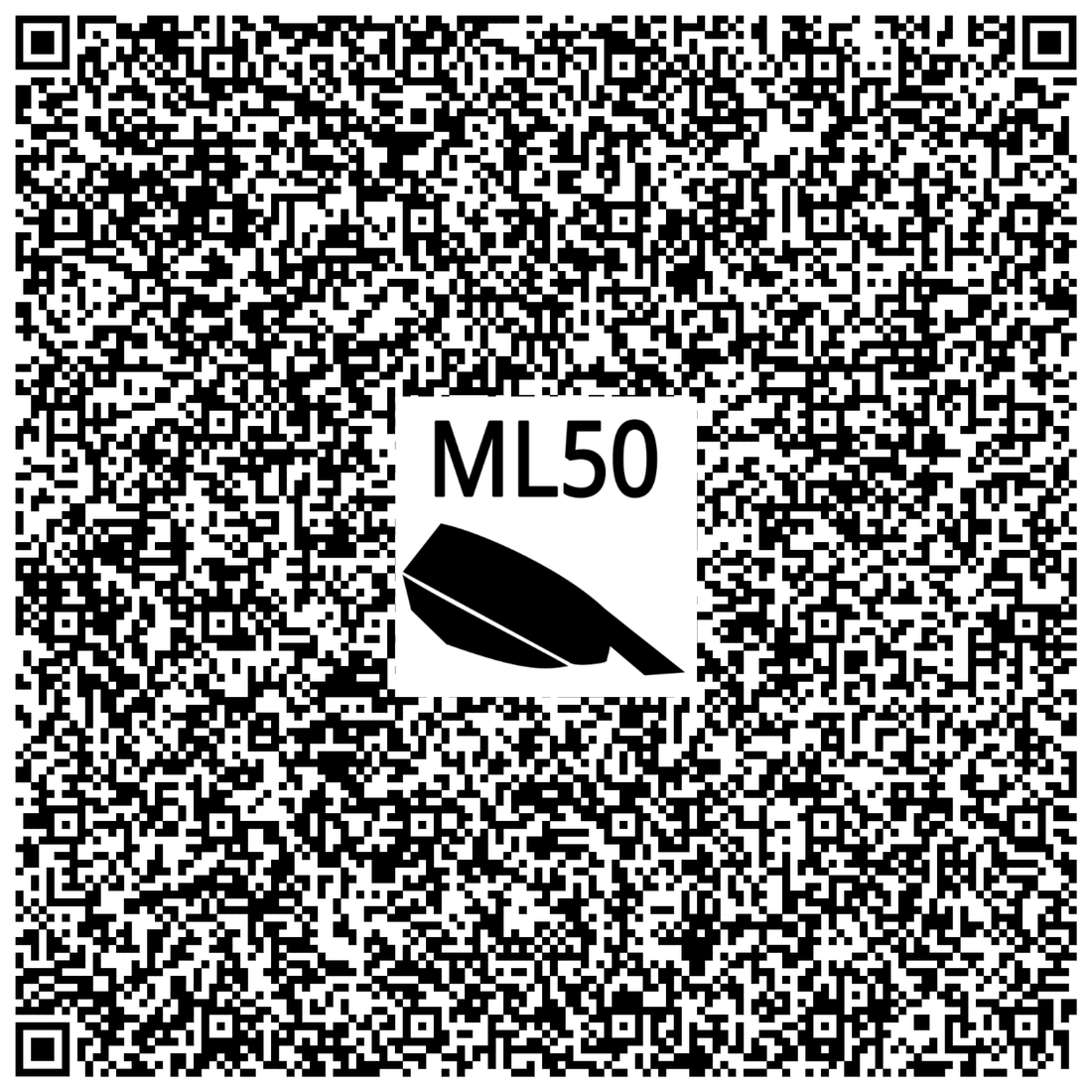
The introduction of LED luminaires in urban and street lighting has created many new fields of action. However, both improved dimming and simpler control have presented new challenges in operational management. For many years, it was sufficient to simply document the luminaire designation and the lamp type used. In its early years, LEDs were an insignificant component in street lighting management due to their low failure rates. Then, on their tenth anniversary, the first significant failures occurred. The questions immediately arose: which ballast was installed, which lens determined the light distribution, and how could I find the right replacement for the defective components? While it was possible to consult the database, the quality and completeness of the documented information was not always sufficient to make informed decisions about replacement. In discussions with luminaire manufacturers, programmers, and operators, there was a consensus: a standardized sequence of luminaire information and a clear interface to the database are desirable.
The ML50-QR implemented these wishes. The QR code, which stands for “Master Luminaire with 50 data sets in QR format”, is the basis for uniform documentation of the most important parameters of street luminaires.
Provision of luminaire data as a QR code
The manufacturer must provide the data in a specified order in the form of a clearly legible QR code. One QR code should be visibly attached under the glass pane next to the LEDs so that it can be scanned from the outside. If the connection cable is pre-assembled, another scannable code should be attached to the end of the cable. A third code must be included in the packaging. A QR code should be printed on the box (if possible, this can be on an adhesive film so that it can be removed and stuck on -> then the internal adhesive is not required). To better distinguish it from other QR codes, the image below must be inserted in the middle.
Luminaire data overview
|
Basisdaten |
26 |
Überspannungsschutz [kV] |
|
|
1 |
Leuchtenhersteller |
27 |
Schlagfestigkeit |
|
2 |
Leuchtentyp/-modell |
28 |
Anzahl LED |
|
3 |
Leuchtenmontageart |
29 |
Betriebslebensdauer LED im Bezug auf L80 B10 [h] |
|
4 |
Bestellnummer des Herstellers |
|
Schnittstellen/Betriebsgerät |
|
5 |
Seriennummer der Leuchte |
30 |
Betriebsgeräthersteller |
|
6 |
Herstelldatum |
31 |
Betriebsgerättyp |
|
7 |
Link auf Herstellertyp/-modell |
32 |
Bezeichnung Dimmprofil |
|
8 |
Art der Leuchte |
33 |
Betriebsgerätbestromung, 100%-Wert [mA] |
|
9 |
Lumen pro Watt Leuchte [lm/W] |
34 |
Schnittstellen Leuchten / Oben Unten |
|
|
Kenndaten Leuchte |
35 |
Protokoll der Schnittstelle |
|
10 |
Lichtstrom 100% [lm] |
36 |
verbaute Sensorik |
|
11 |
Lichtstrom reduziert [lm] |
37 |
Managementsystem |
|
12 |
Farbtemperatur [K] |
38 |
CLO Funktion |
|
13 |
Farbwiedergabeindex Ra |
39 |
Lebensdauer 10% Ausfallrate Betriebsgerät [h] |
|
14 |
Anschlussleistung Anfangswert [W] |
|
Sonstiges |
|
15 |
Anschlussleistung Endwert [W] |
40 |
Nennspannung Leuchte [V] |
|
16 |
Leistungsreduzierung Art |
41 |
Frequenz [Hz] |
|
17 |
Leistungsreduzierung AUF [W] |
42 |
Garantie Leuchte [a] |
|
18 |
Optikbezeichnung |
43 |
Mechanische Abschattung |
|
19 |
Schutzart IP |
44 |
Farbtemperatur einstellbar von bis [K] |
|
20 |
Schutzklasse SK |
45 |
Breite [mm] |
|
21 |
Anschlussleitung Typ |
46 |
Höhe [mm] |
|
22 |
Anschlussleitung Länge [m] |
47 |
Länge [mm] |
|
23 |
Gehäusefarbe |
48 |
Gewicht [kg] |
|
24 |
Zopfmaß [mm] |
49 |
ULR/ULOR Abstrahlung nach oben [%] |
|
25 |
Windangriffsfläche [m²] |
50 |
Minimaler Dimmlevel [%] |
Options via the QR code
The code can be scanned directly using a database scanning app, and all 50 pieces of information are written to the database. Several individually configurable options are available for processing in the database. One option is to compare the scanned data with the planned data for the process, and the installer receives feedback on the match between the most important values. If, for example, the lumen value does not match, the installer receives an error message stating "Incorrect lumens installed!" The goal is to ensure that the consistent order, e.g., "number 1" is always the manufacturer's name," etc., allows for clear assignment of data to the corresponding database fields. This eliminates the need for each manufacturer and operator to program their own interface. Furthermore, everyone involved would then have more time to focus on the new possibilities for optimized operational management.